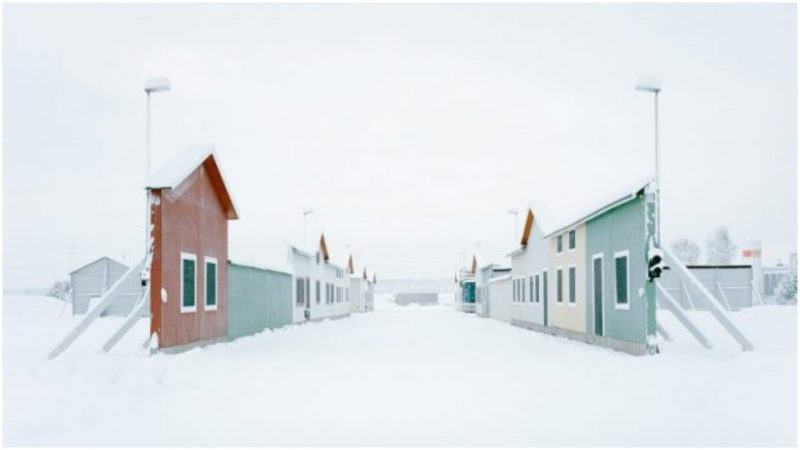The term “Potemkin Village” was coined after a local Russian legend in which an 18th-century military governor of Crimea, Grigory Potemkin, devised a plan to impress Catherine the Great, who announced an official visit to his province.
Potemkin, who was also known to be the Empress’ lover, created a number of fake villages to cover the empty landscapes, to convince Catherine that he was managing a prosperous region, filled with colorful settlements and a booming economy.
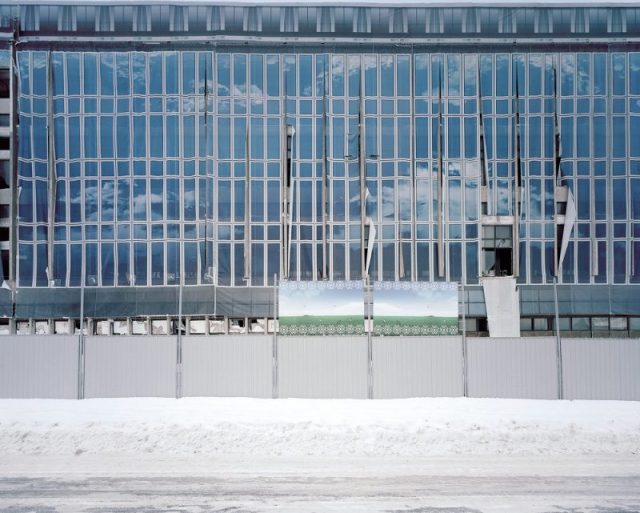
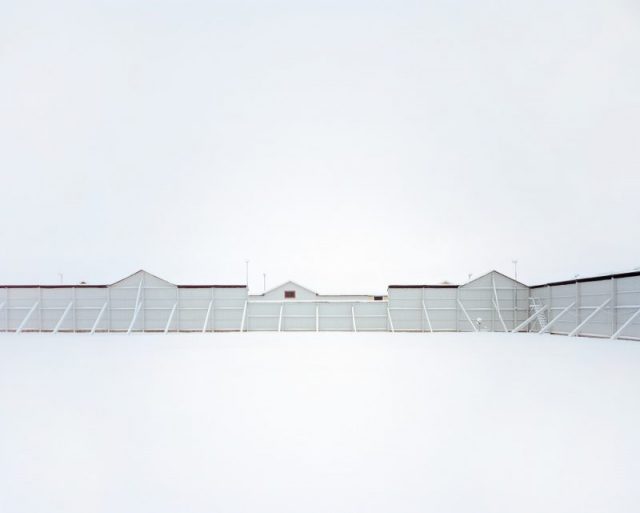
According to the story, the villages were just models made of wood, and they were even transported from one place to another, just before the Empress of Russia would pass by them.
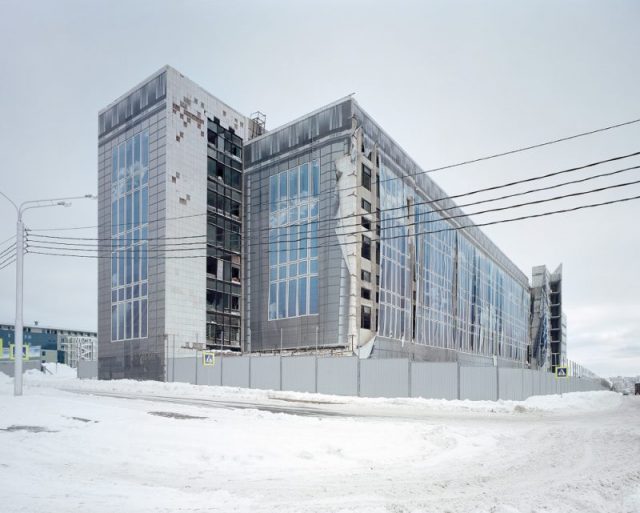
Although modern historians claim that this ludicrous story is very much exaggerated, the term stuck to describe using means of deception to falsely present a situation better than it actually is.
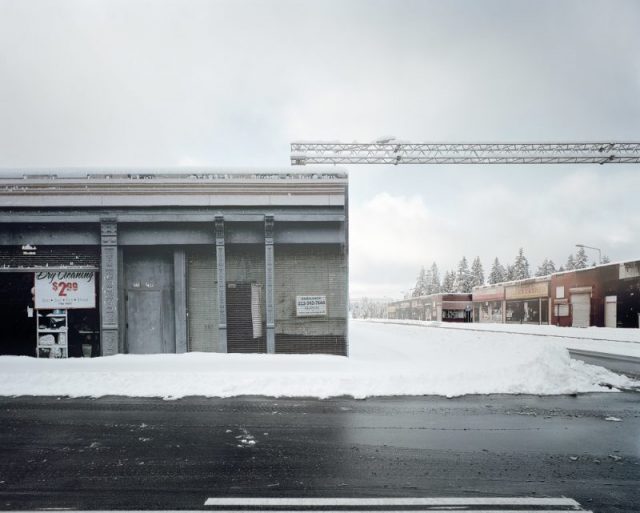
Recently, it became the title of an interesting publication made by Gregory Sailer, an Austrian photographer who focused on fake urban settlements used for various purposes ― from military training to entertainment.
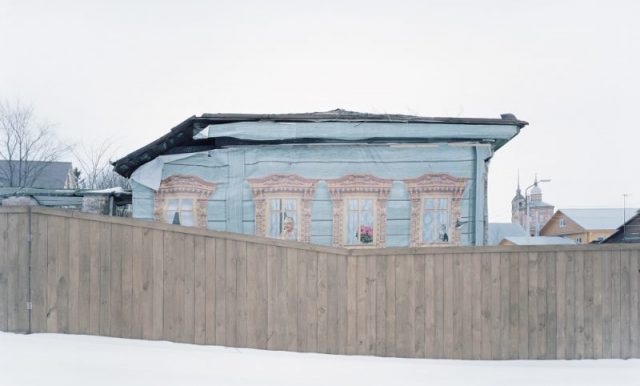
Sailer traveled the world searching for fake settlements ― from China and Russia to the United States and Sweden ― documenting ghost towns, all of which were built for everything else except for people to live in.
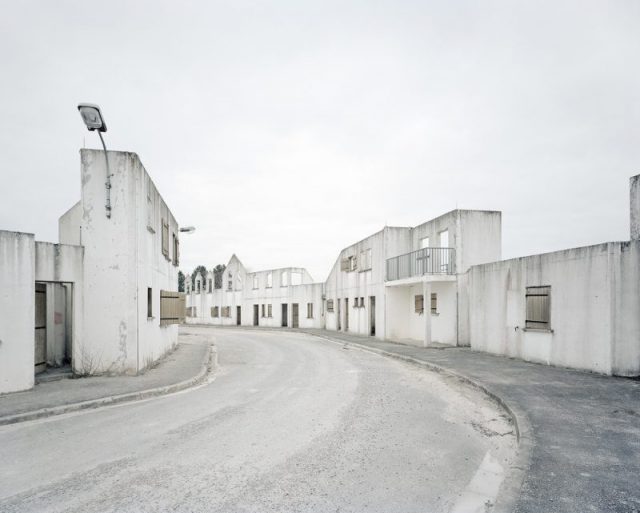
For example, in the Chinese city of Gaoqiao, there is a theme park built as a Dutch town for Asian tourists who wish to feel like they’re in Europe.
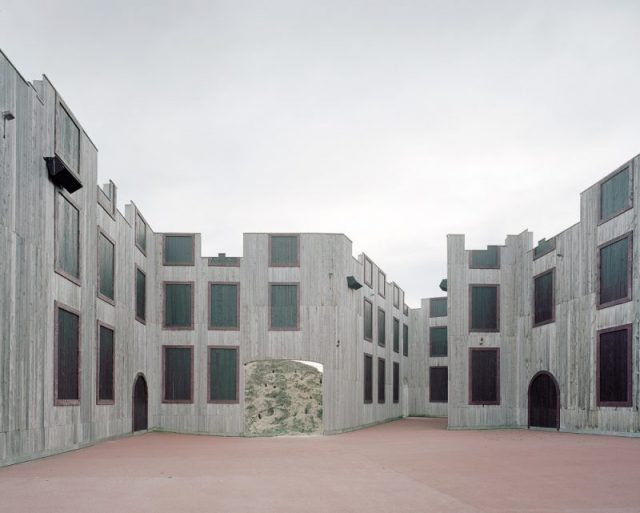
Halfway across the globe, there is another fake town that tries to look familiar. Swedish automobile industry giant, Volvo, has its own testing ground which is built as a replica of New York’s Harlem neighborhood.
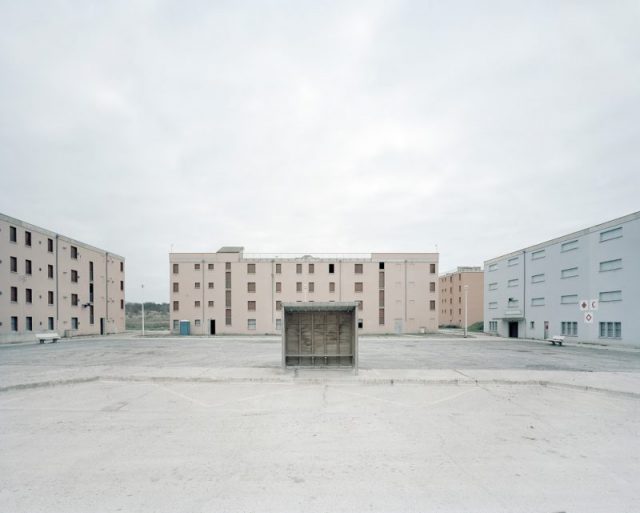
On the other hand, the so-called Junction City in the Mojave desert feels like an exact replica of a Middle-Eastern settlement, with Arabic low-rise buildings and a mosque.
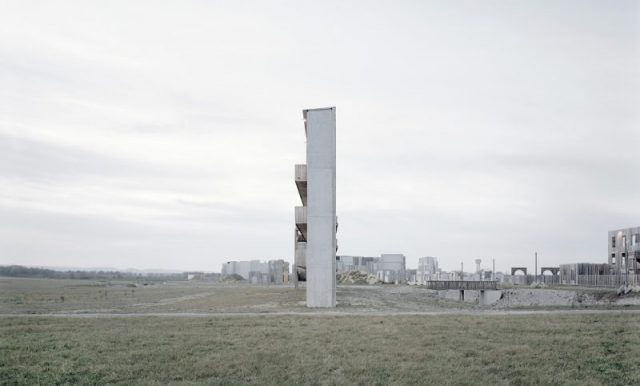
When it’s not used for simulating warfare in the Iraqi desert, this military compound looks like a town evacuated in a hurry. In an interview for Wired, Sailer pointed out the U.S. army training ground:
“It’s fascinating that such enormous efforts are invested in constructing such sites, for millions and billions of dollars or euros, just to prepare people for war.”
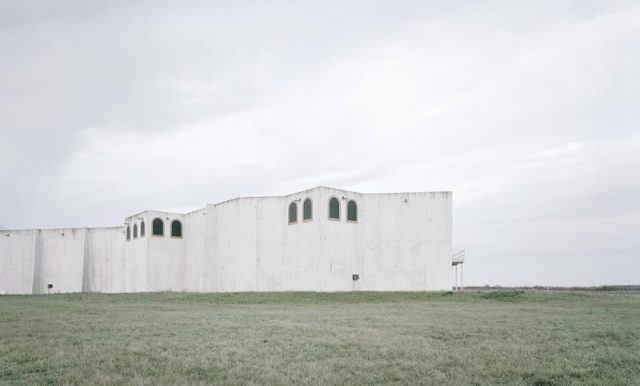
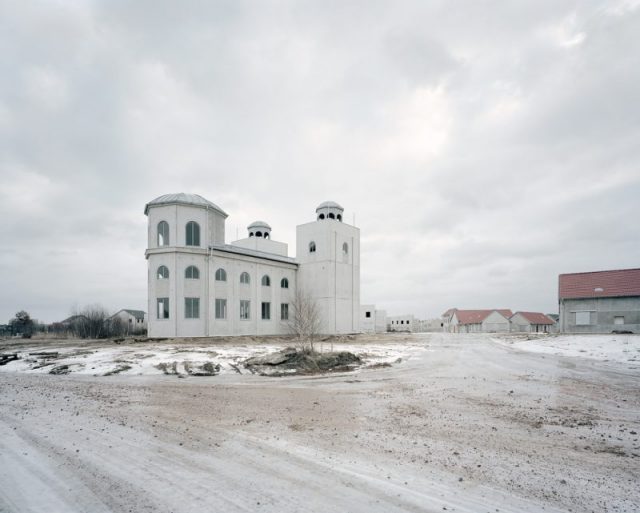
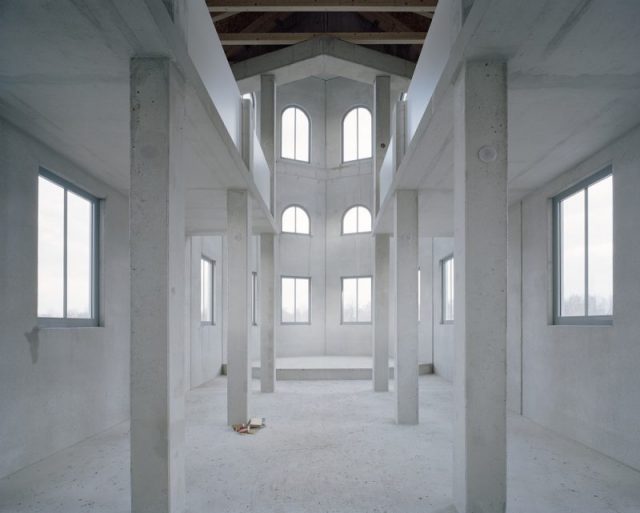
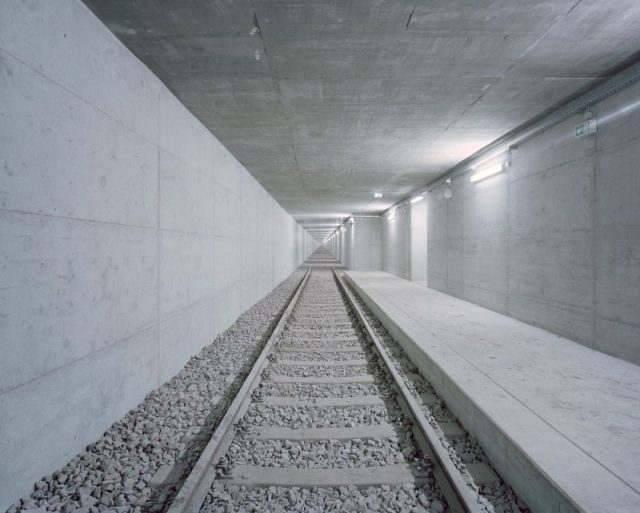
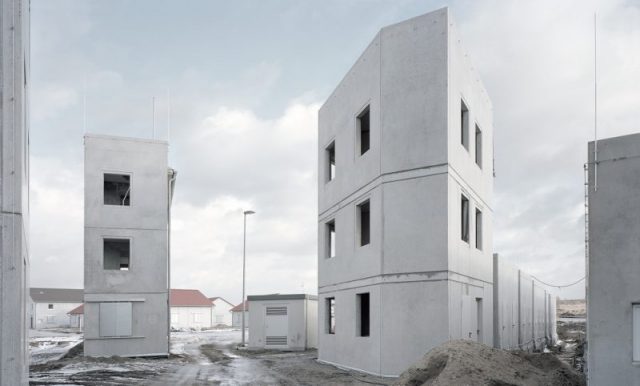
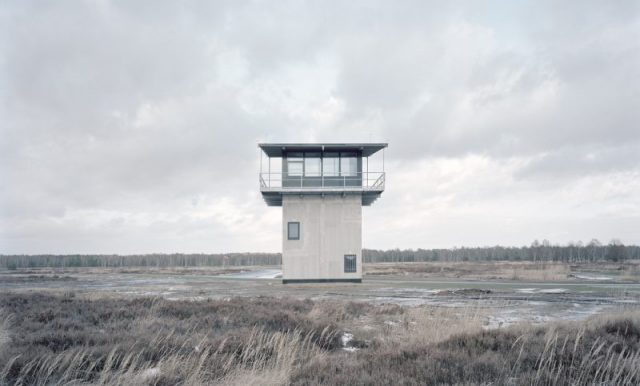
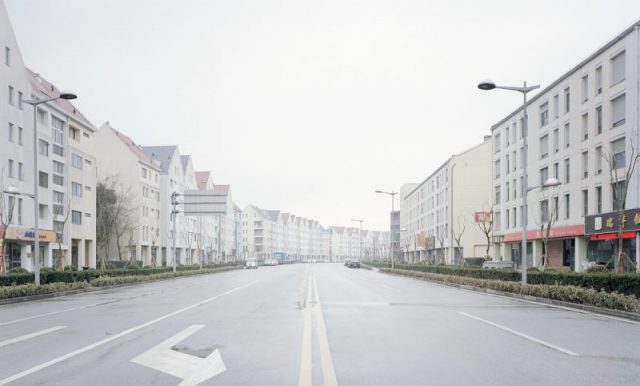
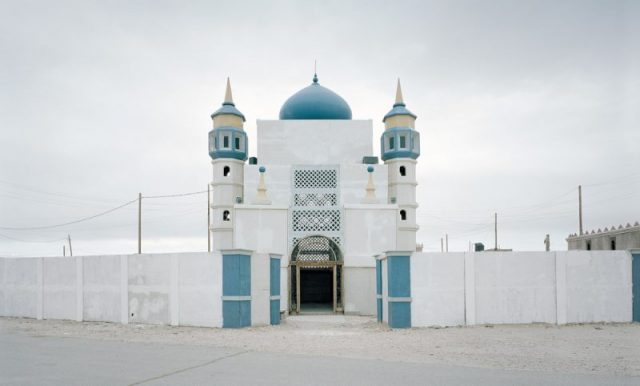
Check out Gregor Sailer’s website to see more of his work.
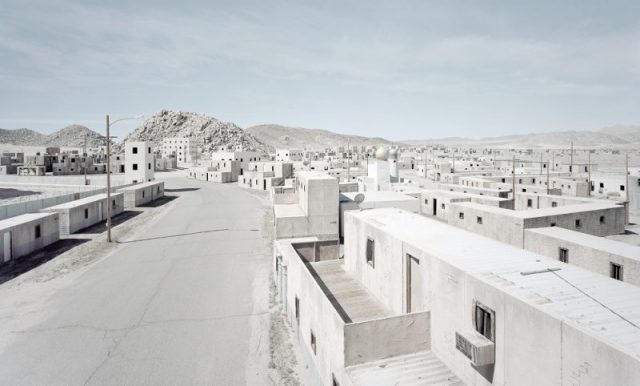
In Russia, however, the well-known tactic of masking rundown buildings with a fake facade is still very much in use.
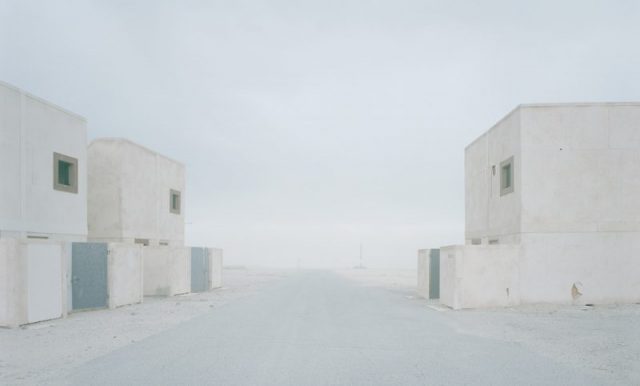
Among Sailer’s photographs, one can find real contemporary versions of Potemkin villages in the Russian town of Suzdal, where local officials decided to tidy up a bit by putting draped banners over dilapidated buildings, to welcome President Vladimir Putin.
Read another story from us: The Amazing Construction of the Statue of Liberty in Photos
To expose the nature of these giant props, Sailer photographed the cardboard and wooden buildings from all sides, deconstructing the illusion piece by piece, thus creating mesmerizing landscapes, all of which serve the purpose of generating fantasy ― whether it involved war, tourism, or car crashes.
Sailer’s collection of photographs titled Potemkin Village can be purchased online, while his work remains continuously exhibited all year, in different venues and art shows, like the International Photography Festival in Arles.
